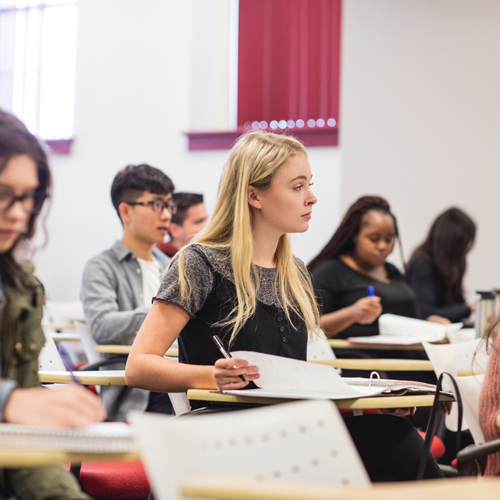The following series of events has been organized for new faculty members joining the Saint Mary’s University community:
New Faculty Welcome Day
Tuesday, August 31, 8:45 a.m. – 4:30 p.m. | SB 265/Virtual
This year’s New Faculty Welcome Day, sponsored by the Vice-President Academic and Research, will take place on campus on Tuesday, August 31 from 8:45 am to 4:30 pm. This event is the first in a series of information sessions on a variety of topics important at SMU in the weeks and the months ahead. There will also be the option to attend the welcome day virtually for new faculty who are unable to attend in person.
Who is the event for? New faculty (full-time and part-time)
Campus Tour for New Faculty
Wednesday, September 1, 9:30 a.m. – 10:15 a.m;
Meet in the lobby of the McNally Main building by the Centre for New Students.
Academic Integrity at SMU
Wednesday, September 1, 10:30 a.m. – 11:30 a.m. (Virtual)
Steven M. Smith, PhD, Associate Vice-President, Academic & Enrolment Management, Professor of Psychology
Description:
Join Steve Smith to learn more about updates to Academic Integrity at SMU in this virtual event. This will be a 45’ presentation with time for Q & A.
Who is the event for? New faculty; all faculty
Getting Started with Brightspace
Wednesday, September 1, 12:00 p.m. – 1:00 p.m. (Virtual)
Nicole d’Entremont, Academic Technologies Learning Specialist, The Studio for Teaching and Learning
Description: New to Brightspace or just need a refresher? This is session is just for you! We'll be doing a deep dive into Brightspace and all its features.
Who is the event for? New faculty; all faculty
The Patrick Power Library Orientation for New Faculty
Thursday, September 2, 9:30 a.m. – 10:30 a.m. (CLARI - AT 340)
Suzanne van den Hoogen, University Librarian
Amy Lorencz, University Librarian
Patricia Langille, University Librarian
Description: An introduction to the services available at the Patrick Power Library, as well as an overview of copyright policies.
Who is the event for? New faculty.
Student Affairs and Services: Partnering with Faculty for Student Success
Thursday, September 2, 10:45 a.m. – 11:45 a.m. (Virtual)
Session title: Student Affairs and Services: Partnering with faculty for student success.
Presenter(s): Tom Brophy, Associate Vice President, Student Affairs and Services
Description:
Student Affairs and Services offers a wide array of services aimed to support students in making a successful transition into, through and out of university. This presentation will talk about how we support both students and faculty in reaching their respective goals.
Who is the event for? New faculty; All faculty
Research and Scholarship
Friday, September 3, 10:00 am - 11:00 am | CLARI (AT 340)/Virtual
Dr. Adam Sarty, Dean & Associate Vice-President, Research
This session is open to all faculty and will explore academic role descriptions, expectations and supports in the context of research and scholarship at Saint Mary's University.
Who is the event for? New faculty; All faculty
If you have any questions about any of these events, please contact Julian L’Enfant (Julian.LEnfant@smu.ca)













